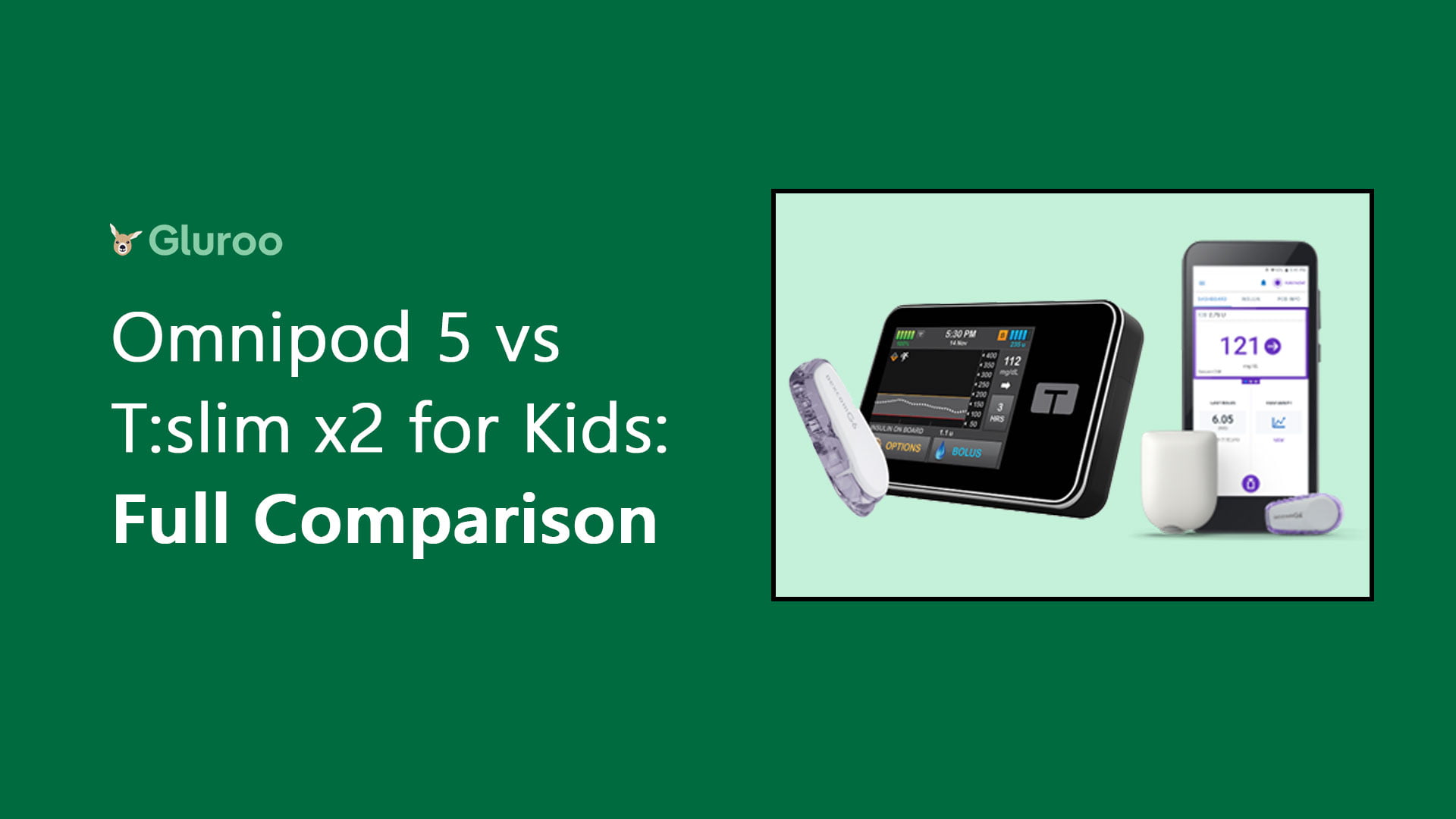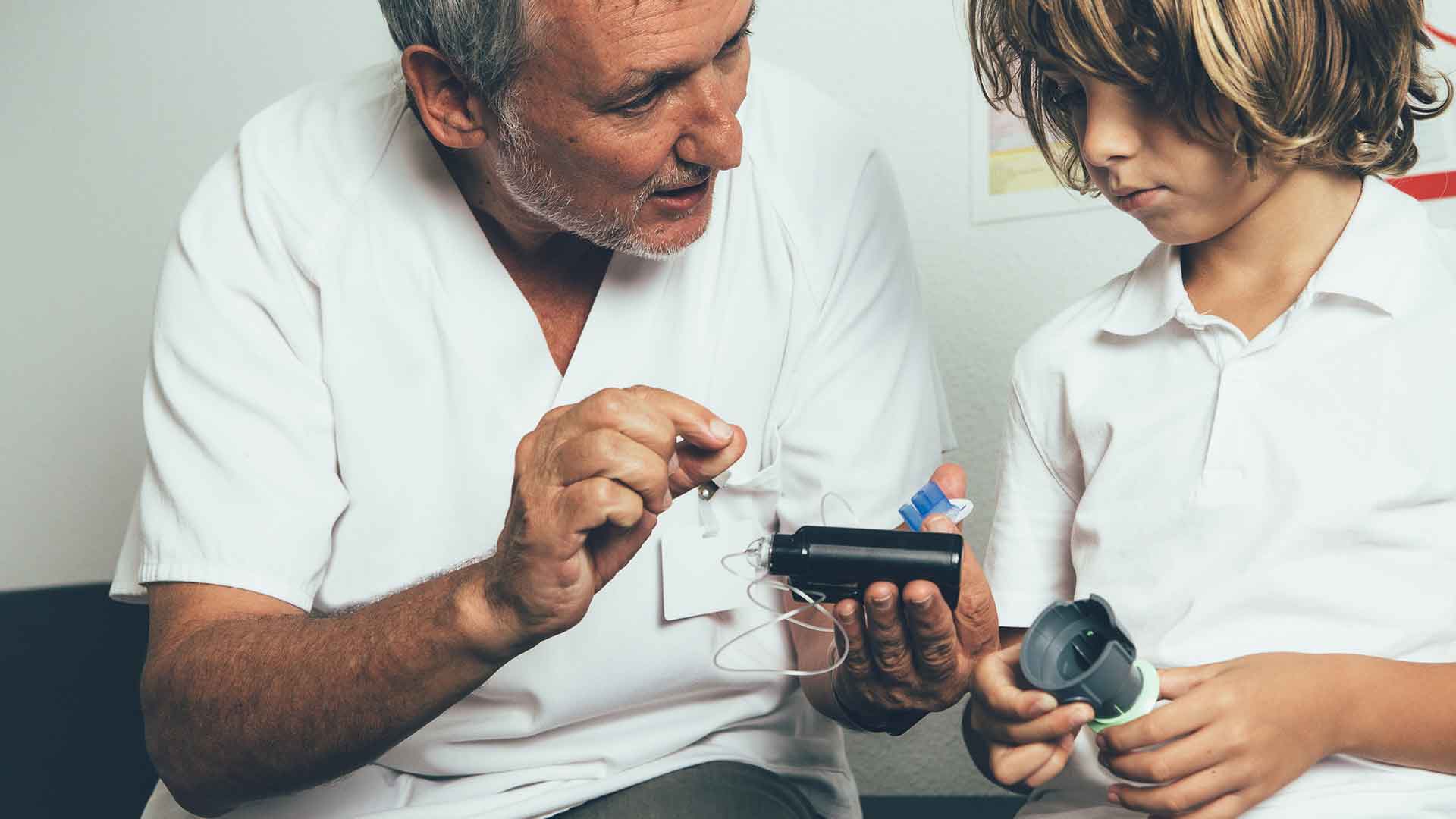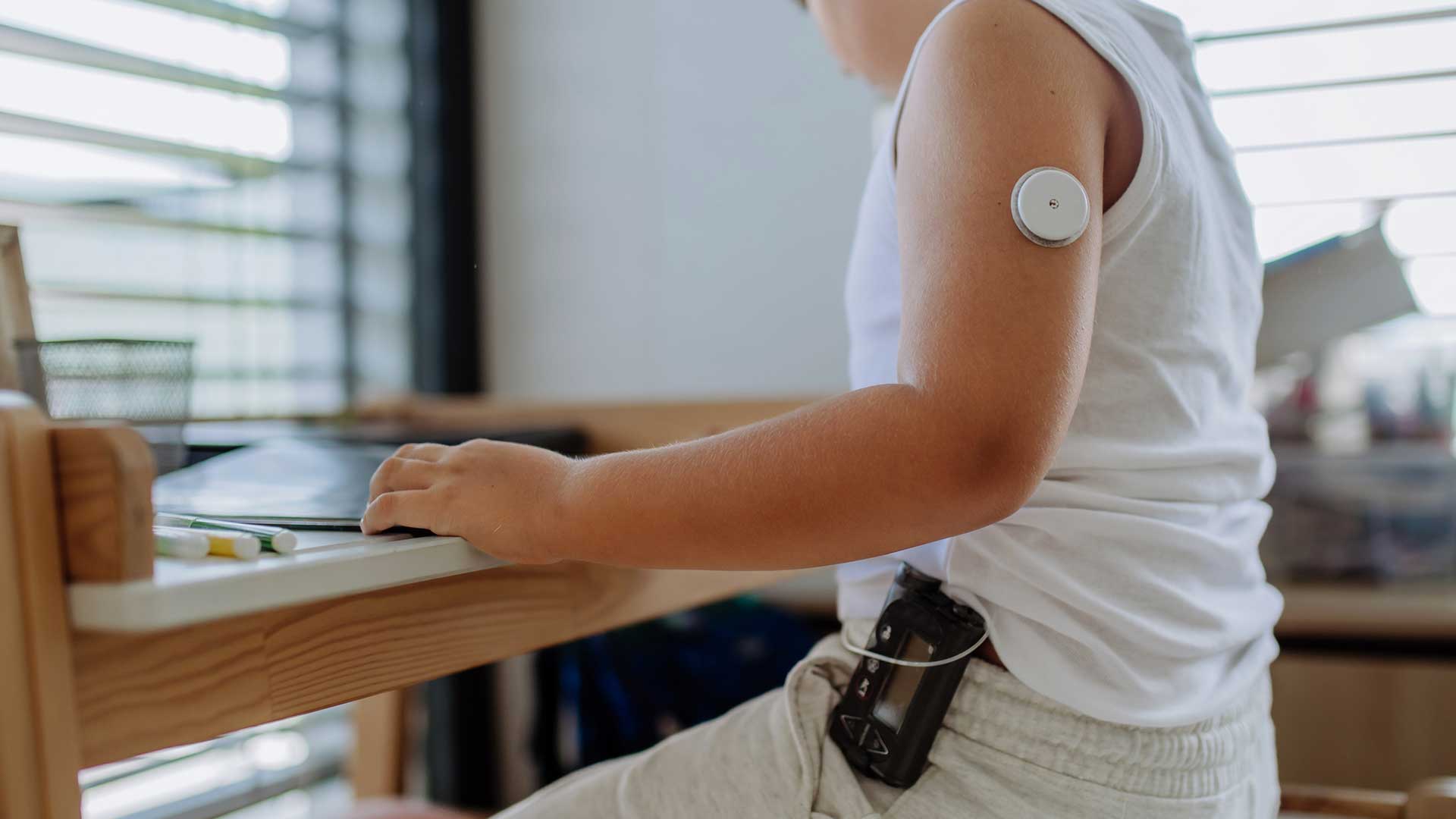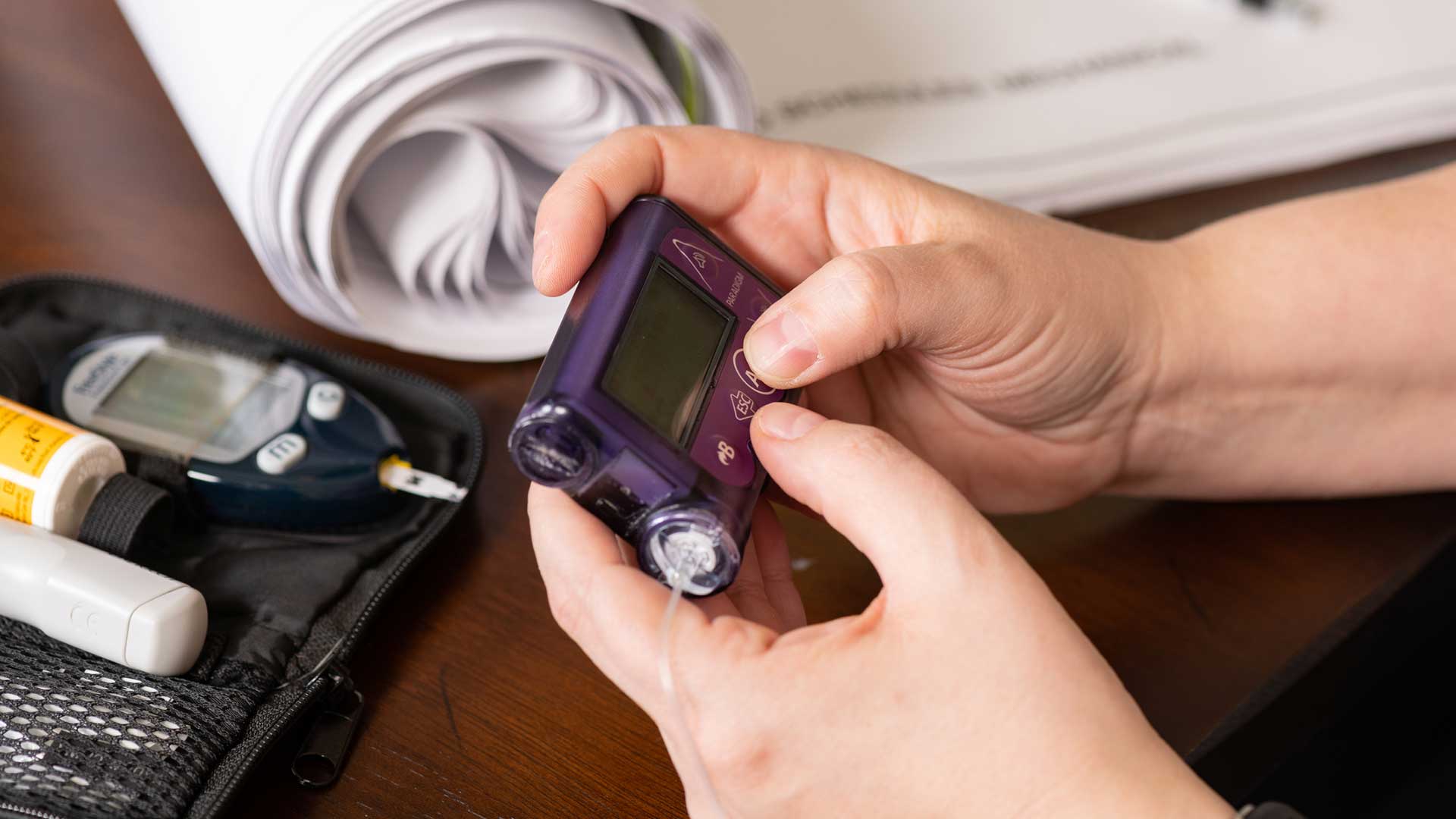Does the FreeStyle Libre 3 Work with the Omnipod 5? Eventually, Yes, But Not Yet. Here’s Why.
The Freestyle Libre 3 is one of the latest and greatest Continuous Glucose Monitors (CGMs) available today. The Omnipod 5 is a recent hybrid closed-loop insulin pump that currently only works with the Dexcom G6 (though support for the G7 is rumored to be coming soon). Gluroo supports users of both the OP5 and the … Read more









